Nanoparticles
Introduction
Nanoparticles are particles between 1 and 100 nanometres (nm) in size with a surrounding interfacial layer. The interfacial layer is an integral part of nanoscale matter, fundamentally affecting all of its properties. The particle core influences the properties of the nanoparticles, but it is the interfacial layer that defines their size and stability. The interfacial layer typically consists of ions, inorganic and organic molecules. Organic molecules being adsorbed onto the surface of nanoparticles are called surface modifiers or capping agents.^[1^]
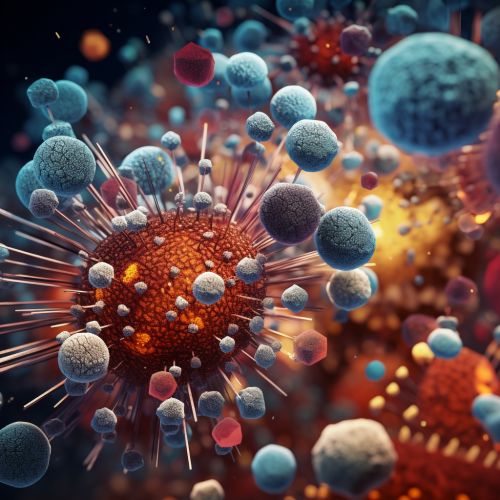
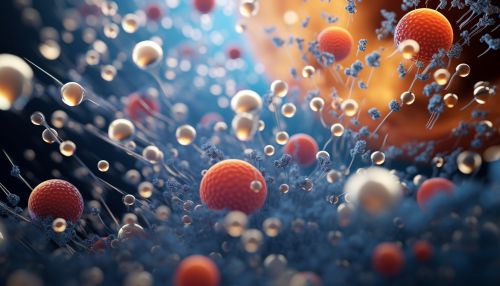
Classification
Nanoparticles can be classified based on their dimensionality, morphology, uniformity, and composition. They are typically classified into three groups: zero-dimensional, one-dimensional, and two-dimensional nanoparticles.^[2^]
Zero-Dimensional Nanoparticles
Zero-dimensional nanoparticles are typically simple organic or inorganic molecules, or clusters of atoms. These include fullerenes, quantum dots, and most metal nanoparticles.^[3^]
One-Dimensional Nanoparticles
One-dimensional nanoparticles have one dimension on the nanoscale, typically their height. Examples include nanowires, nanorods, and nanotubes.^[4^]
Two-Dimensional Nanoparticles
Two-dimensional nanoparticles have two dimensions on the nanoscale, such as width and height. These include graphene, nanoplates, and nanosheets.^[5^]
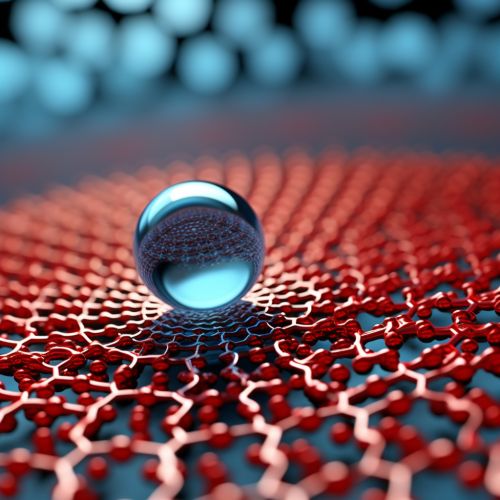

Synthesis
Nanoparticles can be synthesized by a variety of methods. Most methods of nanoparticle synthesis fall under the category of either top-down or bottom-up approaches.^[6^]
Top-Down Synthesis
Top-down synthesis methods involve breaking down larger materials into nanoparticles. This can be achieved through milling, etching, or lithography.^[7^]
Bottom-Up Synthesis
Bottom-up synthesis methods build nanoparticles from atoms or molecules. These methods include chemical vapor deposition, sol-gel processes, and precipitation.^[8^]

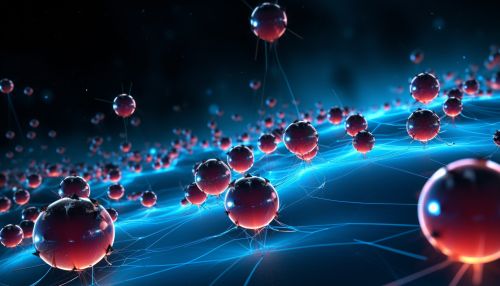
Properties
The properties of nanoparticles are unique due to their small size and large surface area to volume ratio. These properties include optical, electronic, magnetic, and mechanical properties.^[9^]
Optical Properties
Nanoparticles have unique optical properties as they are small enough to confine their electrons and produce quantum effects. For example, gold nanoparticles appear deep red to black in solution.^[10^]
Electronic Properties
Nanoparticles also have unique electronic properties. For example, silicon nanoparticles have been found to emit different colors of light (visible to near-infrared) depending on their size.^[11^]
Magnetic Properties
Some nanoparticles are magnetic. These nanoparticles are composed of elements such as iron, cobalt, and nickel. Their magnetic properties can be manipulated for use in magnetic resonance imaging, data storage, and environmental remediation.^[12^]
Mechanical Properties
Nanoparticles have unique mechanical properties. For example, they have a higher surface area to volume ratio than larger particles, which can lead to greater chemical reactivity and strength.^[13^]
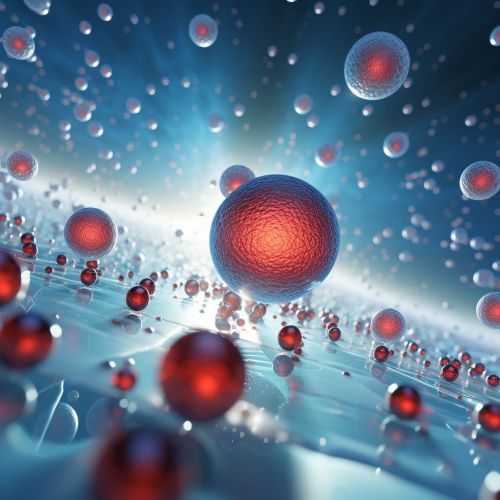

Applications
Nanoparticles have a wide variety of potential applications in the fields of medicine, physics, materials science, and biology.^[14^]
Medicine
In medicine, nanoparticles can be used for drug delivery. They can also be used for imaging, sensing, and therapeutic applications.^[15^]
Physics
In physics, nanoparticles are used in a variety of ways. For example, they can be used to enhance the scattering of light, as in surface-enhanced Raman spectroscopy.^[16^]
Materials Science
In materials science, nanoparticles can be used to alter the mechanical properties of materials. For example, adding nanoparticles to a polymer can enhance its strength and durability.^[17^]
Biology
In biology, nanoparticles can be used for a variety of purposes. For example, they can be used to deliver drugs, proteins, or genetic material into cells.^[18^]

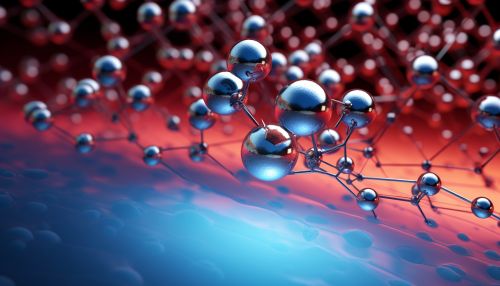
Safety and Environmental Impact
The safety and environmental impact of nanoparticles is an area of active research. Studies have shown that nanoparticles can penetrate the skin and lungs, and have been linked to various types of toxicity.^[19^] Furthermore, nanoparticles can accumulate in the environment and have been found in various environmental contexts.^[20^]


See Also
References
1. "Nanoparticles: Properties, applications and toxicities". Arabi, M. et al. (2017). Arabian Journal of Chemistry. doi:10.1016/j.arabjc.2017.05.011. 2. "Nanoparticle". Wikipedia. Retrieved 2021-09-15. 3. "Zero-Dimensional Nanostructures". NanoScienceWorks.org. Retrieved 2021-09-15. 4. "One-Dimensional Nanostructures". NanoScienceWorks.org. Retrieved 2021-09-15. 5. "Two-Dimensional Nanostructures". NanoScienceWorks.org. Retrieved 2021-09-15. 6. "Synthesis of nanoparticles: Physical, chemical and biological". Singh, N. et al. (2017). Nanoscience & Nanotechnology-Asia. doi:10.2174/2210681207666170413164311. 7. "Top-down and bottom-up approaches in nanotechnology". NanoScienceWorks.org. Retrieved 2021-09-15. 8. "Bottom-Up Synthesis of Nanoparticles". NanoScienceWorks.org. Retrieved 2021-09-15. 9. "Unique Properties of Nanoparticles". NanoScienceWorks.org. Retrieved 2021-09-15. 10. "Optical Properties of Metal Nanoparticles". NanoScienceWorks.org. Retrieved 2021-09-15. 11. "Electronic Properties of Nanoparticles". NanoScienceWorks.org. Retrieved 2021-09-15. 12. "Magnetic Properties of Nanoparticles". NanoScienceWorks.org. Retrieved 2021-09-15. 13. "Mechanical Properties of Nanoparticles". NanoScienceWorks.org. Retrieved 2021-09-15. 14. "Applications of Nanoparticles". NanoScienceWorks.org. Retrieved 2021-09-15. 15. "Nanoparticles in Medicine". NanoScienceWorks.org. Retrieved 2021-09-15. 16. "Nanoparticles in Physics". NanoScienceWorks.org. Retrieved 2021-09-15. 17. "Nanoparticles in Materials Science". NanoScienceWorks.org. Retrieved 2021-09-15. 18. "Nanoparticles in Biology". NanoScienceWorks.org. Retrieved 2021-09-15. 19. "Safety of Nanoparticles". NanoScienceWorks.org. Retrieved 2021-09-15. 20. "Environmental Impact of Nanoparticles". NanoScienceWorks.org. Retrieved 2021-09-15.
